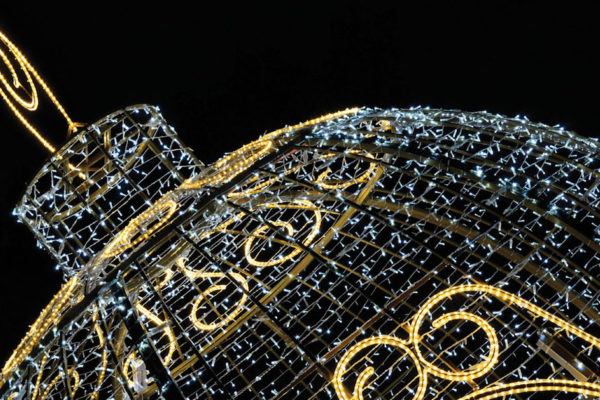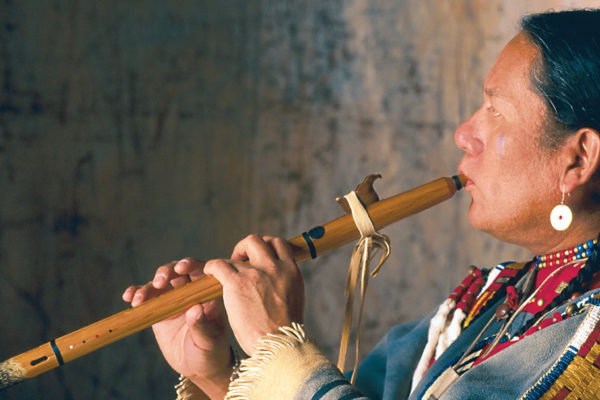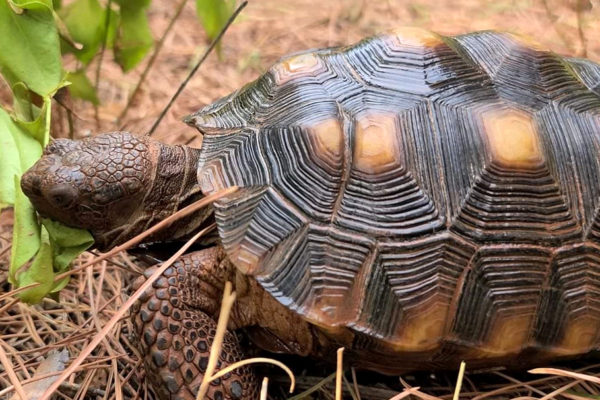Continued (page 2 of 3)
Carol says she had some initial trepidation about so many artistic mediums and artists from all over the world inhabiting one space. Would there be conflict? Would they have anything in common? (Carol and Eric were on campus every day of the colony.) “It turned out that the diversity brought cooperation,” says Carol. “Because there was no structure, it worked, and because many of the artists had already been to residencies, they were flexible and open to what was going on.”
And it also turned out that the artists and their artwork did have something in common: Sedona. “The landscape brought people together,” says Carol. “The scenery out here is so spectacular – it couldn’t help but have an impact. For many, it took almost a week to acclimate to the elevation, land, heat and the bohemian mix of culture. For those who stayed longer, we started to see elements of the landscape in their work. This was an opportunity for them to learn skills and work with materials they’ve never had in the cities and even in other rural areas. Bits of red earth or tree bark would appear in paintings.”
That’s exactly what happened to Key West artist Nellie Appleby, who stayed at the colony for four weeks and is planning on returning this summer. It was Nellie’s first visit to Arizona, and it was her fourth artist’s residency. The videographer-photographer-sculptor spent her time in Sedona creating cyanotypes, an early form of photography. “People talk about the rocks in Sedona, and I became intrigued with the rocks myself,” says Nellie, who was preparing for an exhibit in Key West of the body of work she created in Sedona. “The natural beauty was stunning, and I was so moved by being in a different landscape. The palette was so different from what I’m used to, and so were the materials.”
Kumbaya
Paul says the Sedona Summer Colony is almost a mirror of the VVS culture. VVS is comprised of 120 students from 18 countries and 18 states, all studying, working and recreating together. That same concept came together at the colony. “What happens at VVS, what happens at the Sedona Summer Colony, is what should happen in the world,” says Paul.
The Sedona community got in on the action, too. The colony hosted Sunday community potlucks where local residents would bring a dish and share a table with the artists. The artists, in turn, would open their work spaces to the diners. Eric says the VVS dining hall was packed every Sunday evening, and it quickly became one of the most popular aspects of the colony.
Nellie says she left the colony with a whole new set of friends from around the world. She gleaned inspiration from the other artists as well as the Sedona landscape, and she left feeling like she’d had a cultural experience. “The trips we took to see cave drawings and the natural wonders of the area – the Hopi festival in Flagstaff – taught me to be an investigator,” she says. “The colony wasn’t a superficial experience.”



